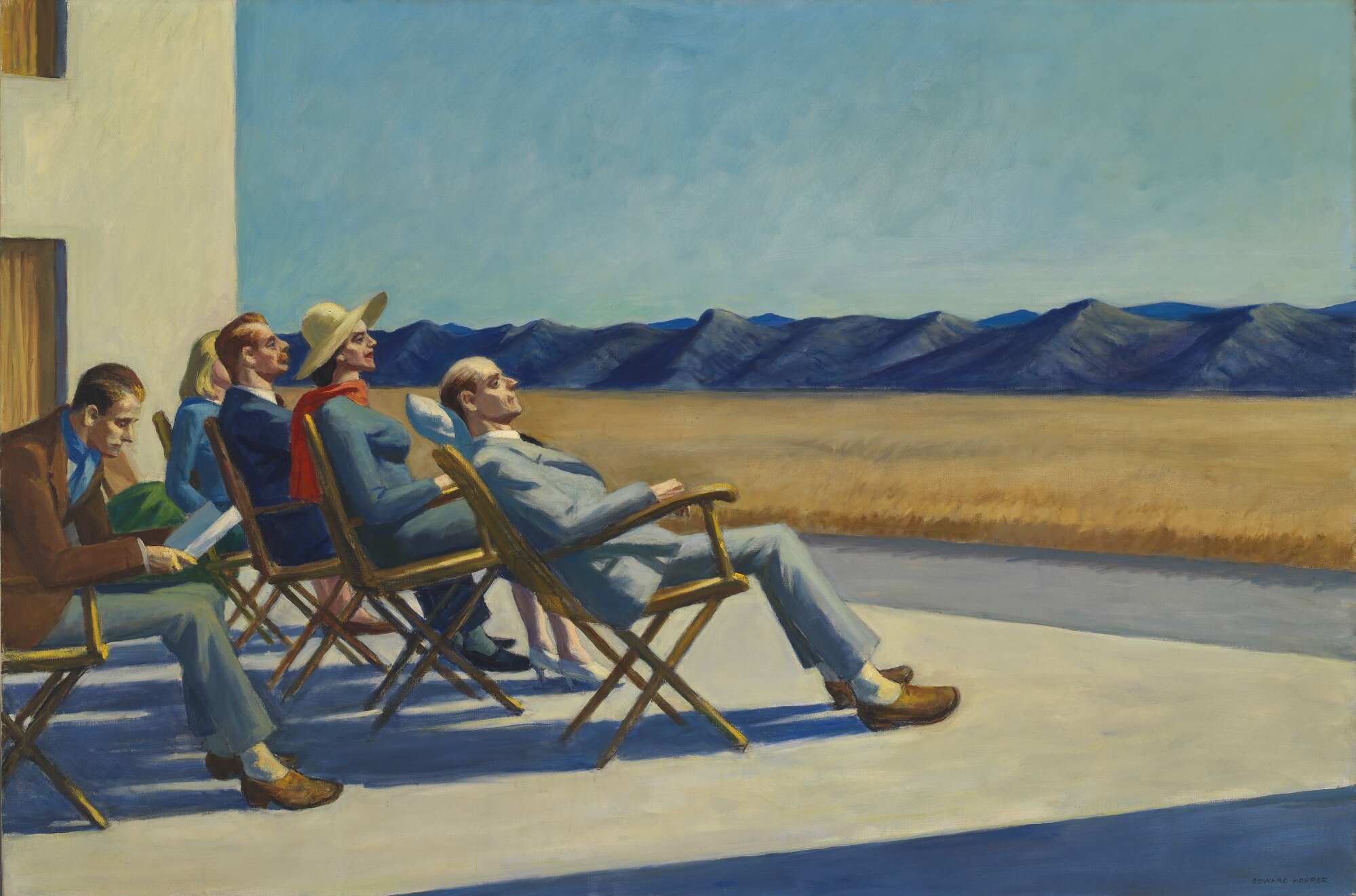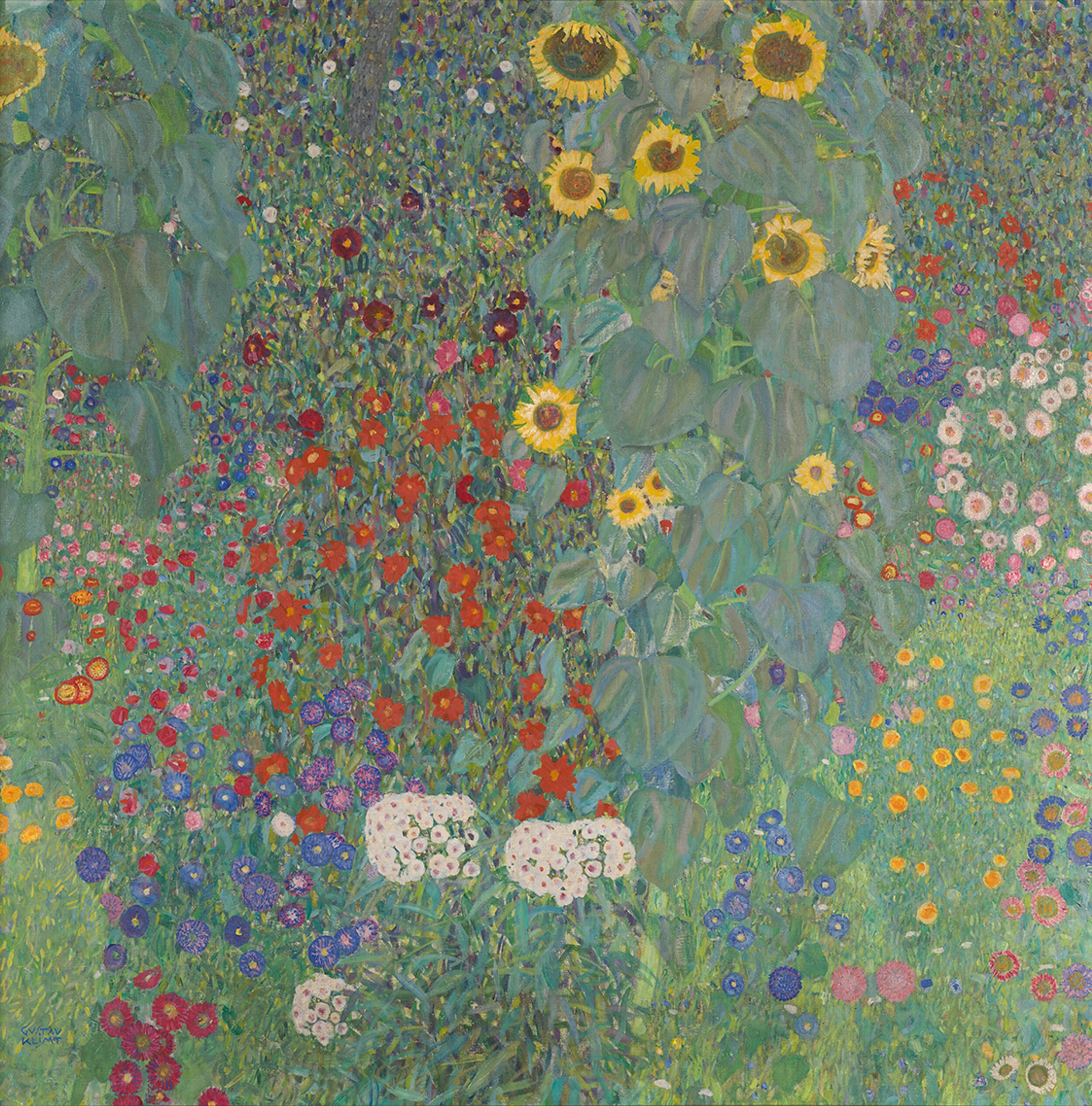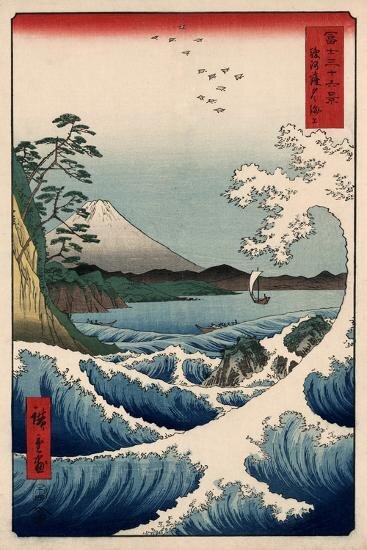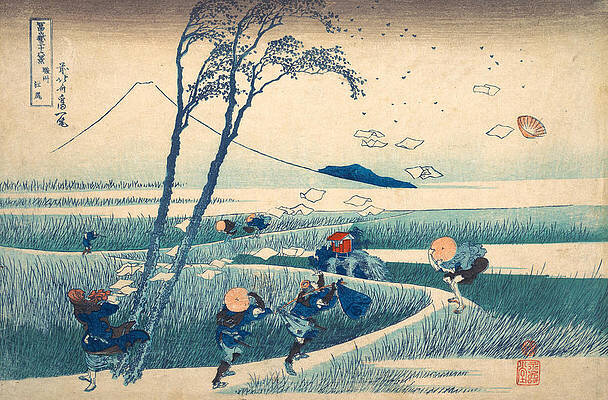People in the Sun by Edward Hopper.
Hopper is famous for the loneliness in his paintings and even though this is a group of people, the chairs are staggered so each person is alone as they enjoy the sun.
Your Custom Text Here

People in the Sun by Edward Hopper.
Hopper is famous for the loneliness in his paintings and even though this is a group of people, the chairs are staggered so each person is alone as they enjoy the sun.

Fort Mackinac, Michigan, 1872 by Seth Eastman.
Located on Mackinac Island, Fort Mackinac was founded by the British in 1870. It remained an active fort until 1895 and went back and forth between the Americans and the British for years.

Veronica, 1960 by Elaine de Kooning.
Elaine was training as an artist when she met Willem de Kooning. She continued to work as an artist and art critic for ARTnews. She eventually concentrated on painting portraits.

Dromos, or outer Court of the Great Temple at Edfou in Upper Egypt by David Roberts, RA 1796-1864
Dated 1840 and inscribed 'EDFOU, UPPER EGYPT' Roberts painted watercolors of ruins in Egypt and reproduced them as lithographs and sold them in London to disciples of the Grand Tour.

Farm Garden with Sunflowers, 1907 by Gustav Klimt.
Klimt is one of the most famous artists to emerge from the movement known as Art Nouveau. The rich beauty of his style is so appealing.

Le Violon d'Ingres, 1924 by Man Ray, © Man Ray Trust
Man Ray took a classical nude photograph in the style of the painter Ingres and altered it by drawing on the "f" or fret holes found on violins.

Red and Gold, 1915 by Frank Weston Benson.
One of the leaders in the American Impressionist style, Benson had a very long and prosperous career as a leader in the American Impressionist movement.

View From Satta Suruga, 1858 by Ando Hiroshige.
Hiroshige is the other famous name in Ukiyo-e printmaking. Younger than Hokusai, his work quickly became just as popular. His style is very appealing to a broad range of people while Hokusai liked to portray similar images with a slight edge to them.

Suruga Province, Hokusai

500 Years of Female Portraits in Western Art: http://www.youtube.com/watch?v=nUDIoN-_Hxs
By eggman913

Men in the Cities series, 1984 by Robert Longo.
The Men in the Cities series first brought Robert Longo to the public's attention when it was featured in movies, television and magazines in the 1980's.

The Flatiron, 1920 by Alfred Stieglitz.
Stieglitz and Georgia O'Keeffe were married in 1924. By this time his career as an innovative photographer had been established and hers as a painter, was beginning.

Oak Tree Sunset City by Ansel Adams,© The Ansel Adams Gallery.
Ansel Adams is best known for his black and white photographs of sweeping landscapes, however he also did portraits and smaller still lifes.

The Dinner Table (Harmony in Red) by Henri Matisse.
Matisse is part of the art movement known as the Fauvists. Color is the central focus of the short-lived movement but they also concentrated on movement and primitive form. Matisse continued to use strong color throughout his career while exploring different mediums.

The Engagement of Virgin Mary, 1504 by Raffaello Sanzio(Raphael), Pinacoteca di Brera, Milan.
This painting is an early work by the famous Italian Renaissance artist Raphael. The work is a study in receding space. Raphael signed his early paintings with his birth name.

Aboriginal, 1984 by Jean-Michel Basquiat.
One of the popular artists of the 1980's who rose to prominence and was considered the star of the group that included Julian Schnabel, Keith Haring, Robert Longo, and Mark Kostabi (among others). Basquait died at age 28 of a drug overdose. Recently, his artwork has become highly desirable and this has brought the sale prices for his work to new heights.

Island Feast, 1940 published 1953 by Eugene Savage, S.S. Lurline, Matson Line.
Savage created a set of nine murals for the Matson ship line (which sailed to Hawaii) in 1940 but they were not used until the early 1950's because the ships had been requisitioned for service in WWII. Savage received awards for his artwork which was so popular among the tourists it was reproduced in a set of prints and as Aloha attire.

Peace Concluded, 1856 by John Everett Millais.
This scene marks the end of the Crimean War and the return home of the soldier to his family.
On the mother's lap, four animals from the toy Noah's Ark represent the four belligerents: Britain (lion), Russia (bear), the Ottoman Empire (turkey), and France (rooster).
The father holds the newspaper that announces the end of the war.
This post is in honor of all the fathers (and mothers) who sadly cannot celebrate with their families because they are still fighting a war.

Jeune fille en vert, 1930 by Tamara de Lempicka.
Lempicka has come to represent the Art Deco period in painting because of the fluid lines, rich colors, and sensuousness of her paintings. She was inspired by, and part of, the bohemian scene in Paris in the 1920's and the Hollywood scene in the late 1930's and 40's. She liked socializing and being a part of the most popular groups. She disliked the 1970's era, feeling it was inferior to the ones that preceded it, but ironically, in the 1970's her artwork was discovered once again, after a retrospective of her work was shown in Luxembourg and she has remained popular with collectors, since then.

Flower Beds in Holland, 1889 by Vincent Van Gogh.
One of the 150 paintings the Van Gogh produced while living in the psychiatric hospital in Saint-Rémy. He had converted a cell next to his into a studio so he could continue to work.

Various Indian Textiles India has created beautiful textiles from the earliest days of their civilization and the tradition continues today. Quite often the designs are based on the natural fauna as are the materials used to create them.